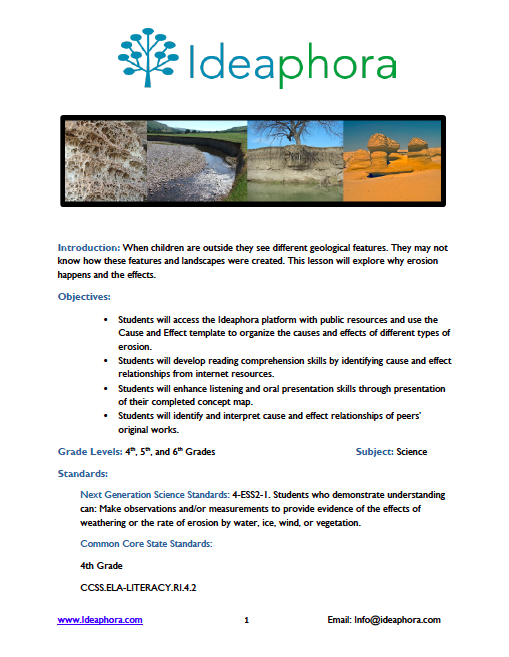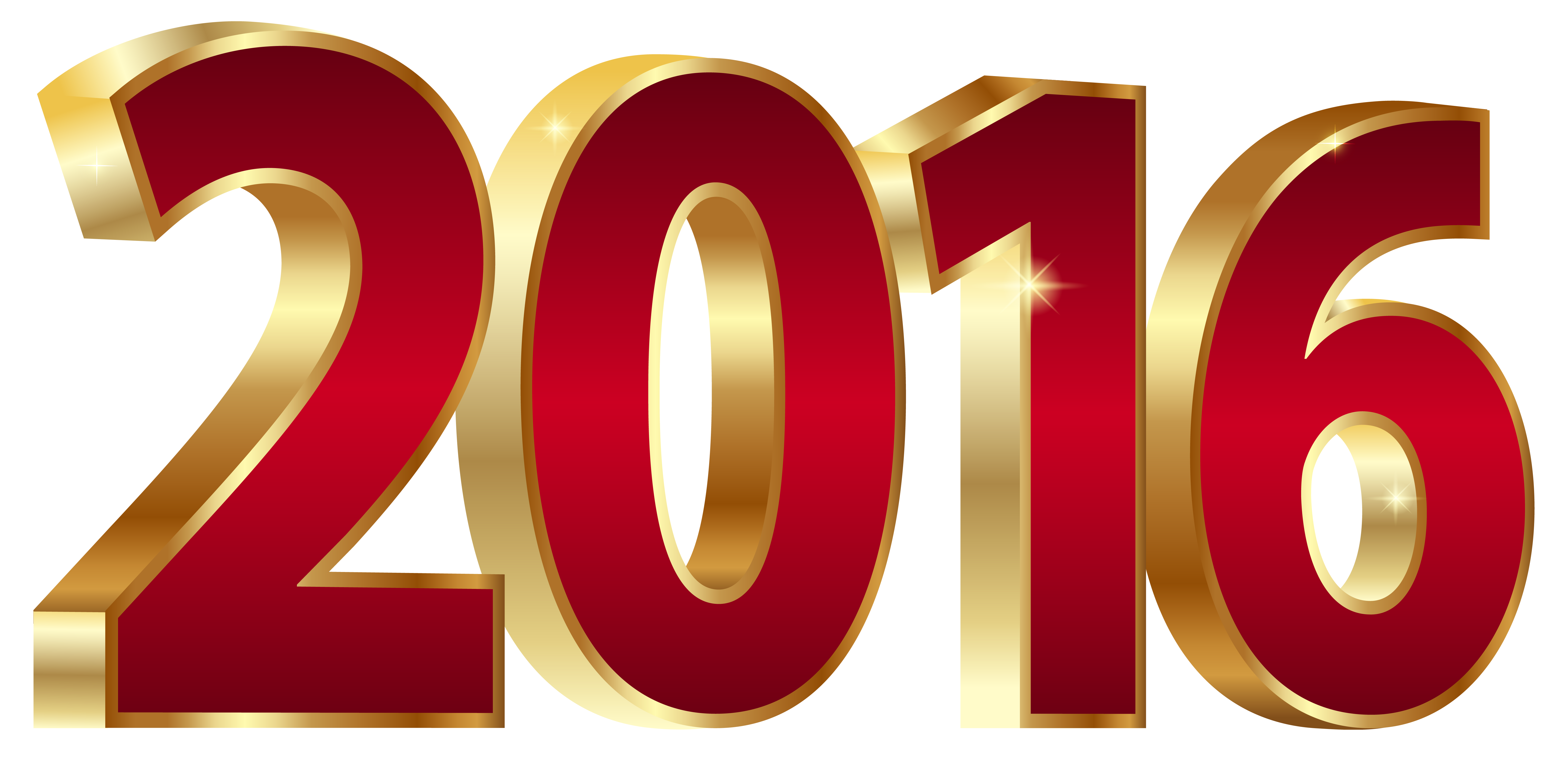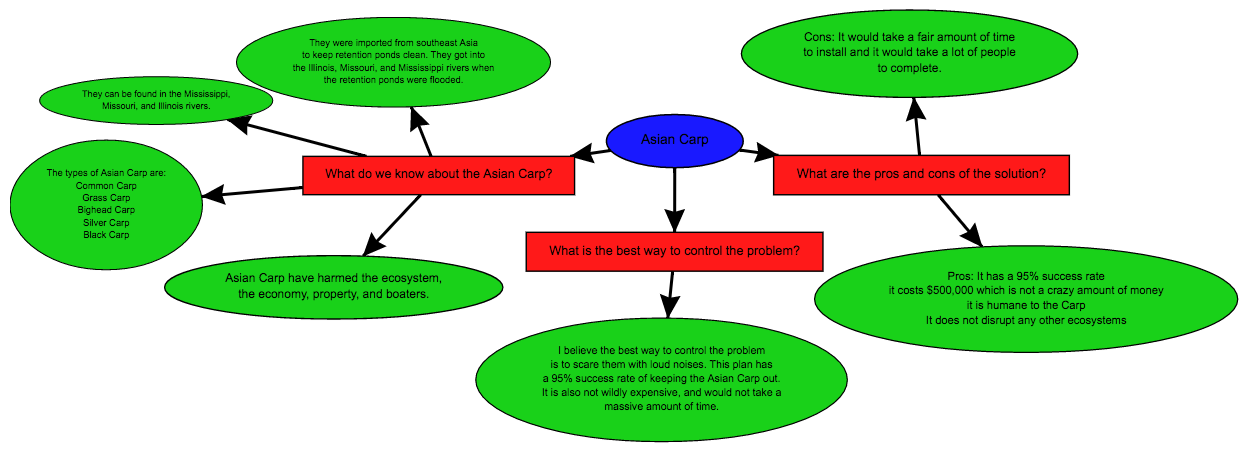Never ones to rest idle, our staff have been busy creating resources to help teachers easily incorporate Ideaphora into their lessons. Educators can find video tutorials about using Ideaphora’s features, lesson plans and examples of student maps – and more coming soon! – on our new Teacher Resources page.
New Teacher Resources Available: Lesson Plans, Video Tutorials and More
A Farewell Tour of 2016
This year marked several milestones for Ideaphora - we launched our product out of beta with versions for individual and classroom use. We also have more than 175 classroom pilots in progress. Over the course of 2016, we've shared numerous updates, concept mapping strategies and tips for using Ideaphora with learners of all ages, but our blog readers responded most to the articles listed below. While these posts spanned various subject areas and instructional strategies, they all had one thing in common. They illustrate that concept mapping is an increasingly critical in the age of digital learning as educators prepare students for the college and future careers.
Concept Mapping in the NGSS Classroom
Mike Jones, our Connecting Knowledge Grant winner and a STEM instructor and technology coach in the Bloomington School District 87 (Illinois), shares his insights on using Ideaphora in the classroom.
In simplest terms, the goal of science is to answer a question, regardless of the source. Often, this is done by introducing students to phenomena, which can be an event, piece of media or another item that helps students generate a question. It is the investigation of that question that allows for concept mapping to be a powerful tool in science inquiry, one of the three dimensions of learning in the Next Generation Science Standards.



